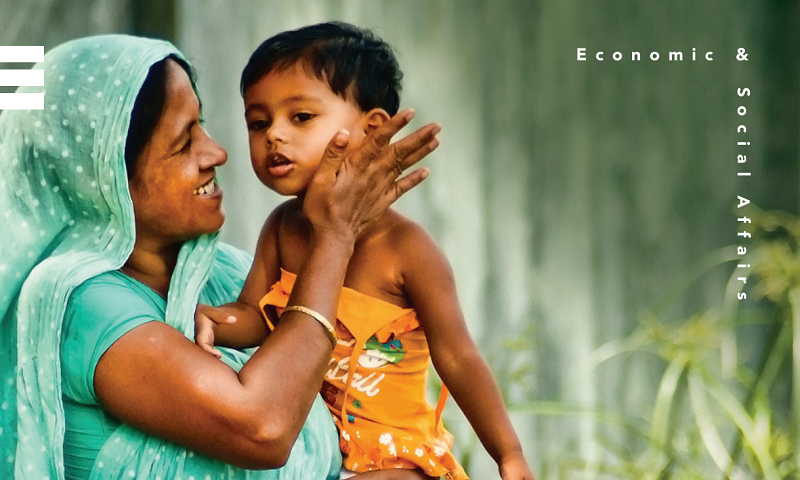
The world’s population is ageing: virtually every country in the world is experiencing growth in the number and proportion of older persons in their population. Population ageing—the increasing share of older persons in the population—is poised to become one of the most significant social transformations of the twenty-first century, with implications for nearly all sectors of society, including labour and financial markets, the demand for goods and services, such as housing, transportation and social protection, as well as family structures and intergenerational ties. Preparing for the economic and social shifts associated with an ageing population is thus essential to ensure progress in development, including towards the achievement of the goals outlined in the 2030 Agenda for Sustainable Development. Population ageing is particularly relevant for the goals on poverty eradication, ensuring healthy lives and well-being at all ages, promoting gender equality and full and productive employment and decent work for all, reducing inequalities between and within countries, and making cities and human settlements inclusive, safe, resilient and sustainable. The 2002 Madrid International Plan of Action on Ageing (MIPAA), adopted during the Second World Assembly on Ageing, highlighted the need to consider older persons in development planning, emphasizing that older persons should be able to participate in and benefit equitably from the fruits of development to advance their health and well-being, and that societies should provide enabling environments for them to do so. As populations become increasingly aged, it is more important than ever that governments design innovative policies and public services specifically targeted to older persons, including those addressing, inter alia, housing, employment, health care, infrastructure and social protection.
This report details the important changes that are taking place in the age structures of populations around the world. Chapter II describes recent and projected future levels and trends in the numbers and share of older persons in the population. It also presents trends in the demographic characteristics of the older population with respect to age, sex and urban/rural residence. Chapter III explores the demographic determinants—trends in fertility, mortality and migration—of changes to the size and age structure of the population. By adopting a historical perspective, this chapter identifies the major demographic shocks, as well as the more gradual demographic shifts, that shape current trends in population ageing. Chapter IV discusses the challenges posed by the growth in the number and share of older persons in the population for efforts to eradicate poverty and grow economies, to ensure the sustainability of pension systems, and to promote health and well-being at all ages. The issues highlighted in this chapter underscore just how critical the concerns of older persons are for progress in implementing the 2030 Agenda.
Read the UN DESA Population Division’s World Population Ageing 2015 Report.
 Welcome to the United Nations
Welcome to the United Nations